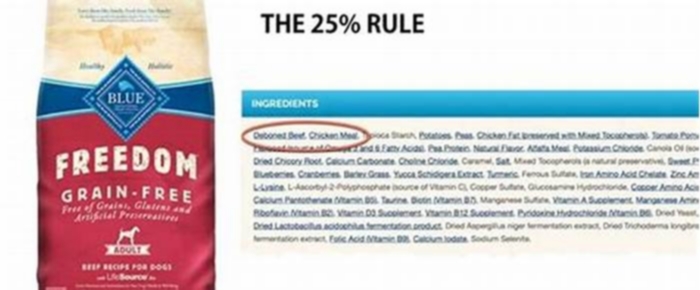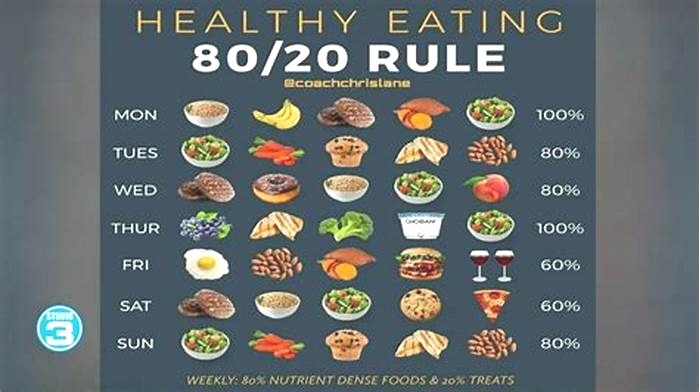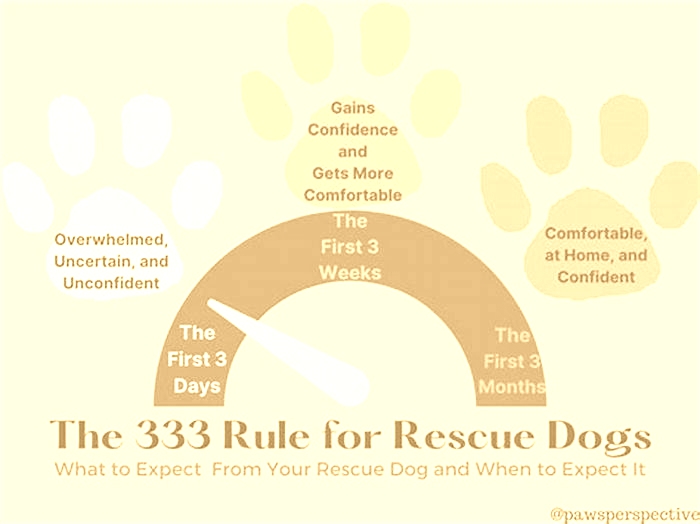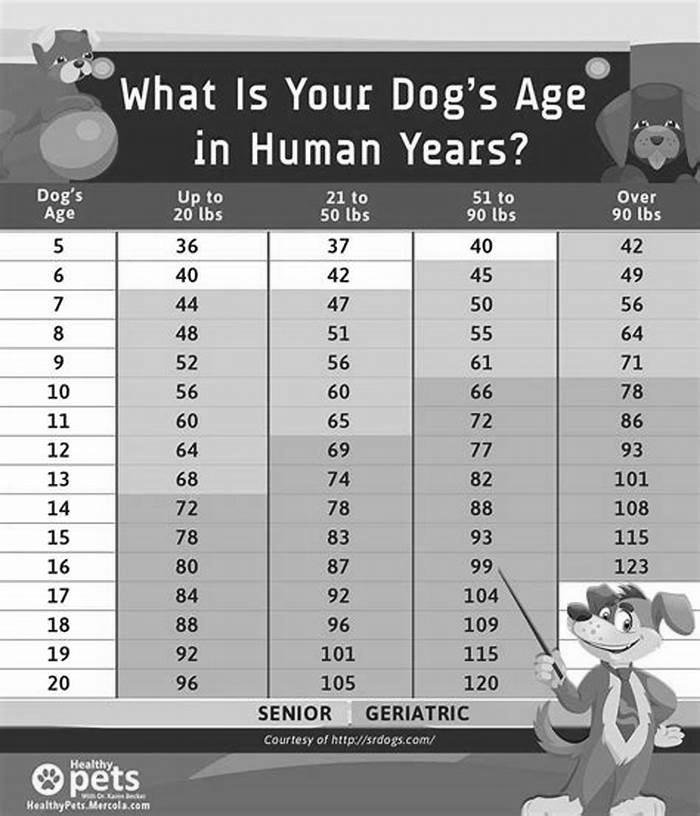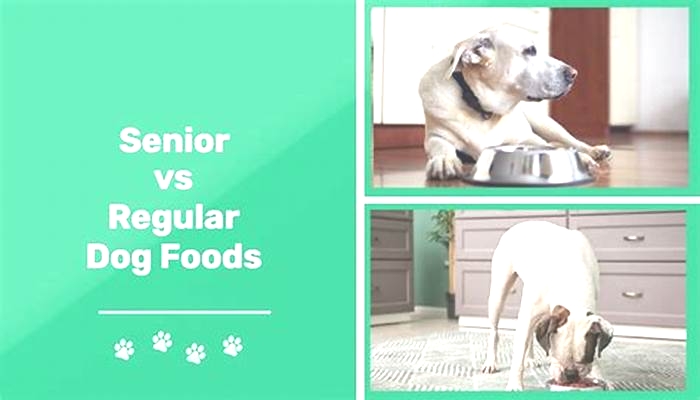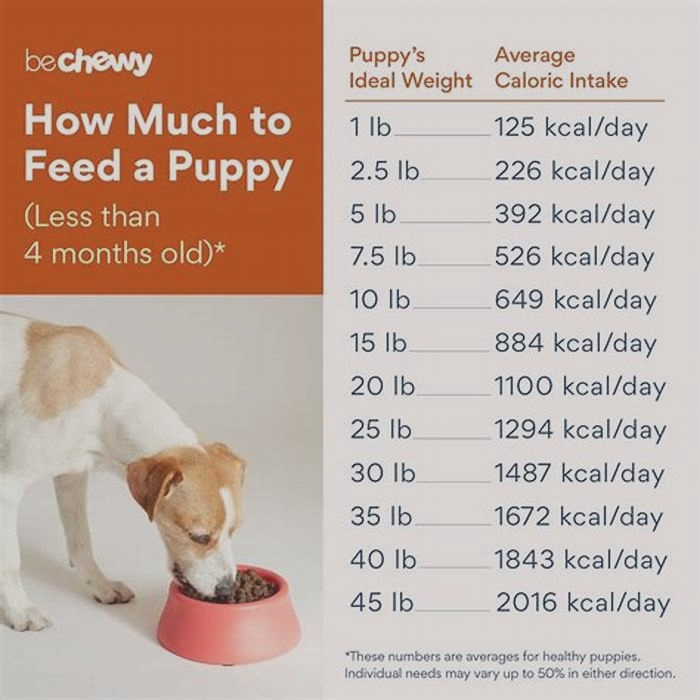What is the 25 rule in pet food
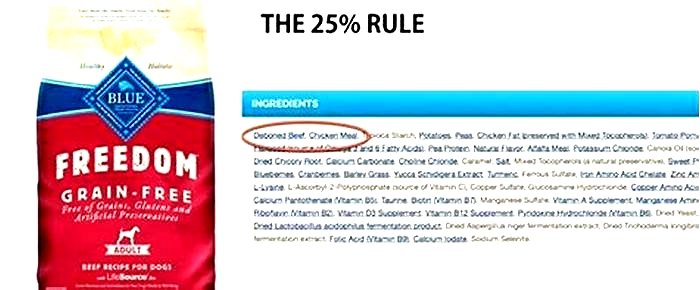
How to Read a Dog Food Label
We all want the best for our dogs, including nutrition. And anyone who has shopped for dog food knows, there are virtually unlimited options: Hundreds of brands with innumerable ingredients; wet, dry, and raw food; age-specific food; restricted diets, along with all sorts of advertising and marketing claims to decipher. The label is the best tool to use when you make a choice but can often be hard to understand. Were here to demystify how to read a dog food label.
Dog Food Label Format
All pet food labels follow roughly the same format:
- Product and brand name or unique identifier.
- Quantity in terms of product weight, liquid measure, or count, depending on the formulation of the food.
- Guaranteed analysis, which specifies the amount of specific nutrients.
- Ingredients, which must be listed in descending order by weight.
- Nutritional adequacy statement, which must be backed up by testing that proves the food provides a certain level of nutrients. It may also include the life stages the food is appropriate for.
- Feeding directions.
- Manufacturers name and address
- Calorie statement
Now that you know whats listed, what does it all mean? Lets take them one at a time.
Product Name
Theres more to the product name than clever marketing. The name will actually give you your first clue about the ingredients. Because so many pet owners base their buying decision on a specific ingredient, brands will try to highlight that ingredient in the product name. But its all in the wording. The Association of American Feed Control Officials (AAFCO) has four rules:
The 95% Rule
At least 95% of the product must be the named ingredient, for example, Chicken for Dogs, or Salmon Dog Food, must include at least 95% of chicken or salmon, respectively. In addition, this main product must be at least 70% of the total product when counting the added water. According to AAFCO regulations, the remaining 5% of ingredients will be those required for nutritional reasons, such as vitamins and minerals, and small amounts of any other ingredients.
The 25% Rule
When you see products named Beef Dinner for Dogs, Chicken and Sweet Potato Entre, or Lamb Platter, for example, this is the 25% rule in action. If the named ingredients comprise at least 25% of the product (not counting the water for processing), but less than 95%, the product name must include a qualifying term, such as dinner, entre, or platter. Counting the added water, the named ingredients still must comprise 10% of the product. If more than one ingredient is included in a dinner, the combination of the named ingredients must total 25% of the product. They also should be listed in the same order as found on the ingredient list.
The With Rule
When you see a dog food label, such as Doggie Dinner with Beef, the with ingredient need only be at least 3% of the product. Just the addition of that one word with dramatically changes the percentage requirement of the ingredient in the food and is a good reason to pay attention to the product name.
The Flavor Rule
According to the U.S. Food and Drug Administration (FDA), if the label says, Beef Flavor Dog Food, then a specific percentage (of the beef) is not required, but a product must contain an amount sufficient to be able to be detected. For example, the word flavor must appear on the label in the same size, style, and color as the word beef.
Quantity
The quantity listed on the label tells you how much of the food is in the container. This may be measured by weight, liquid measure, or by count. Products can vary in density (think wet food vs. dry food, for example). So, if you really want to know how much a product costs, do a cost-per-ounce or cost-per-pound comparison.
Guaranteed Analysis
Many states have regulations requiring the minimum amount of nutrients a pet food must contain, as well as the maximum amount of moisture and crude fiber. Dog food labels must display the percentage of crude protein, crude fat, crude fiber, and water. For those who like to get technical, the FDA provides a detailed explanation of how the guaranteed analysis is calculated on its website.
If there are specific guarantees, such as that the food is low-fat, then both the maximum and minimum percentage of the item must be guaranteed. If a product claims to have vitamin or mineral supplements, there must be a guarantee of the amount the product supplies.
Ingredients
According to Dr. Jerry Klein, the AKCs chief veterinary officer, the ingredients section is the most important part of the label to read. Ingredients must be listed in descending order by weight. Each ingredient must be listed individually, and, according to AAFCO regulations, terms describing collective ingredients, such as animal protein products arent allowed. In addition, ingredients must be listed by their common or usual name. The AAFCO has a detailed list of ingredients, their common names, and what they contain.
A word about byproducts: While we may not want to eat them, byproducts arent necessarily a bad addition in dog food. They include parts such as the liver, which is rich in vitamin A. Other byproducts include blood, brains, bone, stomach, and cleaned intestines. Meat meal may also contain ingredients we consider byproducts. It sounds gross, but your dog might not agree.
Nutritional Adequacy Statement
Look for the fine print on the side or back of the package. Many dog foods claim to be complete and balanced or 100% nutritious. These arent just marketing terms. Dr. Klein says, The phrase means that the food has met specific government standards and provides complete and balanced nutrition for all life stages of adult dogs, as determined by AAFCO. The food must contain the proper amount and ratio of essential nutrients for the needs of a healthy dog.
Often the nutritional adequacy statement identifies the life stage the food is appropriate for. AAFCO recognizes these stages:
- Gestation/lactation
- Growth
- Maintenance
- All life stages
Some products are labeled for a more specific use or life stage, such as senior or for a specific size or breed. The FDA says, There is little information as to the true dietary needs of these more specific uses, and no rules governing these types of statements have been established. Thus, a senior diet must meet the requirements for adult maintenance, but no more.
The nutritional adequacy statement must be in a standardized format, which makes it easy to compare products.
Feeding Directions
This is pretty straightforward the label tells you how much you should feed your dog. This is listed either by the weight of the food per pound or measure of food per cup. However, as the FDA says, breed, temperament, environment, and many other factors can influence food intake. Feeding directions are guidelines, not regulations. Regardless of what the package says, consult your vet if you have any questions.
According to Dr. Klein, its also important to note the sell-by or best-used-by statement. He says, Due to the nature of the ingredients used in all dog foods, including fats and proteins, the food can go rancid. Expired dog food offers less nutritional value and can grow harmful bacteria or mold that can sicken your dog.
Deciphering the Descriptive Terms
There are so many new trends in pet food that it can be difficult to know exactly what youre getting. Is organic the same as natural? What does lite mean? Is grain-free a good thing? Does my dog need new proteins?
Organic
There are currently no official regulations specific to the labeling of organic foods for pets, although the U.S. Department of Agriculture (USDA) is developing some. In the meantime, dog foods that claim to be organic must meet the ingredient, production, and handling requirements of the USDAs National Organic Programto be considered organic. In simple terms, organic dog food is defined the same way organic human food is:
- No artificial preservatives, coloring, or flavoring
- No antibiotics or growth hormones in meat and meat by-products
- Little or no fillers
Is organic pet food better? The jury is still out on this. High-quality commercial dog food meets the AAFCOs stringent nutritional guidelines and lists any type of fillers fairly low on the ingredient list. Sometimes dogs with sensitive stomachs do better with organic food, and some organic foods have beneficial antioxidants. Organic food is, however, more expensive. Frankly, its your call.
Natural isnt the same as organic. The latter term refers to the conditions under which plants are grown or animals are raised. For the most part, you can construe natural as equivalent to a lack of artificial flavors, artificial colors, or artificial preservatives in the product.
Grain-Free
There is little veterinary science to support the benefits of grain-free dog food. That being said, Lisa Freeman, veterinary nutritionist and professor of clinical nutrition at Cummings School of Veterinary Medicine at Tufts University, notes that theres a possibility that an increase in a heart disease called cardiomyopathy is associated with eating boutique or grain-free diets, with some of the dogs improving when their diets are changed. Some dogs actually do better with the high-fiber content of grains.
The FDA is also reviewing grain-free diets because theres concern of a possible link between certain breeds of dogs and dilated cardiomyopathy (DCM) a type of canine heart disease that affects the heart muscle in certain dogs or breeds of dogs.
New Proteins
No, theyre not really new. They derive from sources such as bison, kangaroo, rabbit, and other exotic animals. Its tough to rate their benefits because they have different digestibility and nutrient profiles than the more common proteins. They may be suitable for dogs that have difficulty eating chicken, beef, or other meats.
Human-Grade Dog Food
The FDA and USDA highly regulates human-grade food, defined as a food that is legally edible and approved as nourishment for humans. However, according to the AAFCO, for a product to be human grade, all ingredients in the product must be human edible and the product must be manufactured, packed, and held in accordance with federal regulations in 21 CFR 110, Current Good Manufacturing Practice in Manufacturing, Packing, or Holding Human Food.
Also, human-grade dog food isnt necessarily safer, tastier, or less expensive than high-quality pet food. These products must also be clearly labeled for their intended use as animal food, such as including the phrase dog food in the same size as the phrase human-grade on the packaging.
Lite, Low-Calorie, and Low-Fat
To use any of these terms, the food must have a significant reduction of calories or fat compared to standard pet food. The AAFCO requires that labels making these claims must show the percentage reduction in calories or fats and must name a product for comparison.
Cheat Sheet for Reading Pet Food Labels
You probably now know more than you ever thought possible about all those words on your dogs food packaging. This information should make you a better-informed consumer, helping you to choose the best possible diet for your pup. Heres a quick cheat sheet to help you remember all of this when youre standing in the dog food aisle:
- The ingredient listed first is the greatest ingredient in the food by weight.
- The sell-by date will help prevent you from buying food that may have gone bad.
- The guaranteed analysis tells you how much protein, fat, fiber, and water the food contains.
- The quantity of different products should be compared on a cost-per-pound or cost-per-ounce basis.
- The feeding directions are recommendations, not rules. Check with your vet.
*Labeling is regulated on the federal level by the FDA, which establishes standards for all animal food. Some states have their own regulations, which are often adopted from the regulations of the AAFCO.
Reading Labels
How to Understand a Dog or Cat Food Label
Types of Labels
Pet food available from retailers is a commercial product subject to regulatory oversight, including ingredients, manufacturing, distribution, labeling and more.
Labels fall into three categories: required labeling, which must be included on the product container; prohibited labeling, which cannot be used for the product; and optional labeling.
A lot of the information on pet food containers, particularly the large bags with substantial area for information, is optional. Optional labeling may include promotional statements, additional product information and colorful graphics.
Labeling includes the pet food container, of course, but also just about any promotional information, such as brochures, placards that appear in the store with the product and websites.
Misbranding
If required information is missing or prohibited information appears on a label the food is misbranded. Misbranding a food is a prohibited act under both state and federal law.
Misbranding also does a disservice to consumers because they cannot make reasonable, informed decisions about what they are about to feed their pets. Misbranding also is unfair to those firms who properly label their products.
There are many ways to misbrand pet food, including:
- not having a correct nutritional adequacy statement
- claiming or implying the product will treat a disease when the product does not contain an approved drug cleared to treat that disease
- misrepresenting an ingredient using an incorrect name or including an ingredient which is not approved for use in the specific pet food
- a label that is false or misleading in any particular
About AAFCO Model Pet food Regulations
Remember, the AAFCO Models are not official regulations, but most states have adopted a version of the AAFCO Model Pet food Regulations into their own laws and regulations. So, for practical reasons, the AAFCO Model Pet Food Regulations are the standard. While an individual state may have its own set of rules that vary somewhat from the AAFCO Models, it is highly unlikely that pet food products distributed in multiple states arent in compliance with the AAFCO Models.
Also, the U.S. Food and Drug Administrations (FDA) labeling requirements for animal food apply to all products that cross state lines. Although these federal pet food regulations are rather minimal compared to the AAFCO Models, they also include some details AAFCO does not.
The vast majority of pet foods comply with AAFCO Models and federal regulations.
But its important to know that the AAFCO Model Pet food Regulations arent a standalone instrument. Pet food is a subset of all animal feed, where statutory and regulatory requirements for animal feed in general apply. The AAFCO Model Pet food Regulations take care of what is unique to pet food labeling.
Here is what to look for on a pet food label click below:
Label Format Required
- Product name and brand name
- Not every product has a brand name. However, each product must have some sort of unique identifier to distinguish it from others on the market.
- What species the food is for (e.g. dog or cat)
- This should be conspicuously displayed on the principal display panel (PDP), the part of the label probably seen first under the normal conditions for retail sale.
- Just a picture of a dog or cat is insufficient.
- Quantity statement (how much product is in the container)
- This should be stated on the PDP in terms of weight in both English and metric units, liquid measure or count.
- Guaranteed analysis
- The amount of certain specific nutrients in the product.
- Ingredient statement
- All ingredients must be listed in descending order of predominance by weight
- Nutritional adequacy statement (what type of pet and what stage of life the product is suited for)
- Most products should include this, though snacks, treats and supplements are exempt. Some unique nutritional adequacy statements may be required in unusual circumstances.
- Feeding directions
- Required for most pet food products that claim to be complete and balanced.
- Name and address of the guarantor (i.e. the manufacturer or distributor)
Some additional requirements
- If a product is in a multi-pack, all required label information must be displayed on the outer pack.
- Pictures or graphics on the label must not misrepresent the product.
- Use of the word proven is prohibited in the absence of scientific or empirical evidence.
- Any statement making a false or misleading comparison to another product is prohibited.
- A personal or commercial endorsement of a product is prohibited if it is false or misleading.
- A new or improved designation is limited to six months of production. Its not new forever.
- A statement of a comparative characteristic or preference must be substantiated, and is limited to one year of production; after which time the claim must be removed or re-substantiated. In other words, if the label states tastes better than product x, then the company making the claim must reevaluate it each year.
- Raw milk distributed for pet food must display the following statement:WARNING: NOT FOR HUMAN CONSUMPTIONTHIS PRODUCT HAS NOT BEEN PASTEURIZED AND MAY CONTAIN HARMFUL BACTERIA.
Nutritional Adequacy
The nutritional adequacy statement is perhaps the most important part of a label. It is the key to matching a pets nutritional needs with a product.
To learn more about nutritional adequacy, read about Best Pet Foods, treats and supplements. This section contains additional information.
Complete and Balanced
Complete means the product contains all the nutrients required. Balanced means the nutrients are present in the correct ratios.
Life Stages
Recognized life stages are:
- gestation/lactation
- growth
- maintenance
- all life stages
Different quantities and ratios of nutrients are necessary for different life stages.
Finding the Nutritional Adequacy Statement
Almost invariably, the required nutritional adequacy statement will be located on the back or sides of the package and in small print.
The nutritional adequacy statement is required to conform to a standard format, so there are a limited number of versions. This standardization makes objective comparisons among products straightforward.
Here are examples of the three formats used to identify complete and balanced pet food products and short explanations of what each means. The text shown in bold in the examples is what will be on the product label.
- ___________ is formulated to meet the nutritional levels established by the AAFCO Dog (or cat) Food Nutrient Profiles for ___________.
- The first blank must show the product name (the same name on the front of the package).
- The statement says if the product is for cats or dogs.
- The second blank says what life stage the product is for.
- Animal feeding tests using AAFCO procedures substantiate that ______________ provides complete and balanced nutrition for _____________.
- The first blank must show the product name (the same name on the front of the package).
- The second blank says what life stage the product is for.
- AAFCO procedures are standardized feeding protocols that define how feeding trials are to be conducted and assessed.
- _____________ provides complete and balanced nutrition for ___________ and is comparable to a product which has been substantiated using AAFCO feeding tests
- The first blank must show the product name (the same name on the front of the package).
- The second blank says what life stage the product is for.
- Note that this particular nutritional adequacy statement is not used often. Products justified nutritionally adequate in this way are sometimes referred to as family products, meaning the product is similar, but not identical, to one which has been subjected to animal feeding tests. The differences may include minor formulation changes that do not affect the products nutritional basis.
Treats and Snacks
Treat products are a subset of pet food, and arent usually intended to provide a complete and balanced diet. The AAFCO Model Pet food Regulations recognize the intended purpose of treat products and do not require that pet treats meet standard nutritional adequacy requirements, provided the products packaging conspicuously displays the terms snack or treat on its principal display panel.
Snacks or treats that are formulated to meet the nutritional requirements for all life stages or maintenance will have a nutritional adequacy statement.
Veterinary Medical Foods
Therapeutic diets and veterinary medical foods do require a statement of nutritional adequacy.
Many are complete and balanced for adult maintenance. But to mitigate disease, some limit certain nutritional factors to levels below what is necessary for normal animals. In this case, they are labeled with an intermittent or supplemental nutritional adequacy statement.
Chews, Bones and Toys for Pets and Specialty Pets
Policy exemptions exist for certain products that do not claim to provide nutrition, but can be confused with treat products that do. Flavor-coated and unflavored chews, bones and toys for pets are among these products and are not required to be labeled or have a nutritional adequacy statement, unless the manufacturer claims it provides nutritional value or can be used as a pet food. (This includes using words in advertisements or on the packaging such as digestible or high-protein.
These products include:
- All chews, bones, toys and exercisers made of animal skin, hide, wood, or manmade materials
- Hooves
- Ears
- Animal Bones
- Ligaments
- Snouts
- Pizzles
Jerky-type products, particularly chicken-jerky strips, have become common on the market as pet treats. Such products do not meet the exemption requirements. They must be fully labeled in all U.S. jurisdictions and registered in states requiring small package product listing.
Other Nutritional Adequacy Statements
- A nutritional or dietary claim for purposes other than those listed above provided the claim is scientifically substantiated
- This provision has its roots in the Vietnam War. Some Army operations used military police dogs. These working dogs demanded nutritional needs unlike pets, and required greatly modified diets to accomplish daily activities in that environment. This nutritional adequacy statement is extremely rare.
- This product is intended for intermittent or supplementary feeding only
- Pet food products bearing this statement do not meet any of the normal standards for complete and balanced nutrition and do not meet any other special nutritional need, so they are limited to non-continuous or supplemental use.
- This could include, for instance, a can of tuna fish sold specifically for cats that does not contain the necessary vitamins and minerals to provide complete nutrition.
- Products that are not identified as a snack or treat but are intended to be will bear this statement, as will some veterinary medical foods (see more below).
The AAFCO Model Pet food Regulations only recognize the AAFCO Dog Food Nutrient Profiles, AAFCO Cat food Nutrient Profiles and the AAFCO Dog and Cat Food Feeding Protocols as the nutritional authority on which a company must base its nutritional adequacy claims and statements.
Product Names
Many brand or product names emphasize the presence of an ingredient or ingredients in the product. Requirements regarding brand and product names primarily have to do with preventing false or misleading claims that may affect consumer expectations. (But a consumer can verify that the product name agrees with the ingredients in the product by reading the ingredient list.)
If a product is labeled as beef dog food, based on the product name, a consumer would expect the product to be mostly beef meat and thats what the regulation requires. If it says beef, chicken or mackerel, the name must be true to its major ingredients, and it cannot rely on less expensive byproducts, meals or flavors. For instance, beef dog food must be mostly beef meat, not beef meal or beef byproduct. For more information on ingredients, click here.
These rules are referred to as the 100%, 95%, 25%, with and flavor rules.
The 100% Rule
All-beef jerky dog treats must be all-beef meat with the exception of any water added for processing, decharacterizing agents (substances added to color the product so that it is not mistaken for human food) and trace amounts of preservatives and condiments. Therefore, it is unlikely anything other than a treat product will meet the 100% rule.
The 95% Rule
Fidos Favorite Beef Dog Food and Kittys Delight Chicken and Rice Cat Food are examples of product names that indicate the named ingredients make up most of the product. Named ingredients must account for at least 70% of the total product by weight, and at least 95% of the product by weight, not counting added water. (Typically, water is added to canned foods to allow for processing. Dry foods also have water added during processing to help mix ingredients, but that water is driven off when the product is dried.)
The remaining 5% of ingredients in the product will be those required for additional nutritional purposes, such as vitamins and minerals, and small amounts of other ingredients necessary for the formulation of the product.
In the Kittys Delight Chicken and Rice Cat Food example above, compliance with the 95% rule would dictate the chicken and rice must total up to at least 95% of the ingredients, not counting the water for processing. However, even with the water considered in the calculations, chicken and rice combined must make up at least 70% of the product. When more than one ingredient is in the name, no ingredient can be less than 3% the total product by weight. Because chicken is listed first in the name, there must be more chicken than rice in the recipe. Thus, in this example, a product containing 40 pounds of chicken, 30 pounds or rice, 25 pounds of water for processing and 5 pounds of other ingredients per 100-pound batch would meet the requirements of the regulation.
The rules also note that coined or contracted names of ingredients do not exempt them from the above requirements. For example, Melanies Chikn Likn Cat Food would still have to meet the 95% rule.
The 25% Rule
Fluffys Chicken Dinner, Beef Entre for Mature Dogs and Lamb and Rice Platter for Puppies are examples of the 25% rule at work. The named ingredient(s) must comprise at least 10% of the total product by weight and at least 25% of the product by weight not including the added water. Additional descriptors, such as dinner, entre, platter and so on, appear in the name. If there is more than one ingredient, no named ingredient can be less than 3% the total product by weight.
The best way to understand the 25% rule is to compare it to a restaurant order where a person is getting a dinner entre and the meal includes other major parts such as vegetables, potatoes, saladnot simply the sirloin or the salmon.
The With Rule
Simply put, including the words with or similar allows an ingredient to be included in the product name or anywhere else on the label at an inclusion rate of at least 3% of each named ingredient. Honest Jacks Dog Food With Chicken should contain at least 3% chicken, while Cynthias Super Cat Food with Tuna and Rice should contain at least 3% tuna and 3% rice.
The Flavor Rule
A product does not need to have a huge amount of an ingredient which only provides flavor. A flavor designation in a product name (or elsewhere on a label) may be used as long as:
a listed ingredient provides the flavorthe flavor descriptor is printed in the same font and as conspicuously as the name of the designated flavor
For example, on a bag of chicken-flavored dog food, one should find chicken fat or some other ingredient providing chicken flavor in the ingredient list, and both words chicken and flavored are printed in the same font-type and size in the product name.
There are some minor product name regulations regarding cases where all ingredients are in the product name and in special requirements for conspicuously identifying raw milk and the species of animal it came from. These regulations are shown in the AAFCO Official Publication.
Expression of Guarantees
The guaranteed analysis for a pet food product is normally located on the back or side of the package near the ingredient list.
There are four basic nutritional guarantees required for pet food products:
- minimum percentage of crude protein
- minimum percentage of crude fat
- maximum percentage of crude fiber
- maximum percentage of moisture
Note the appearance of the word crude in three guarantees. In these cases, crude refers to the analytical method that determines protein, fat and fiber. For example, analyzing the amount of nitrogen in the product then multiplying by 6.25 equals the crude protein.
Other Guarantees
- If a low-fat claim is on a pet food label, both the maximum and minimum percentages of crude fat must be guaranteed.
- If the guaranteed analysis includes ash, it must be displayed as a maximum and must be listed immediately after (or following) the maximum percentage of moisture.
- Other guarantees for nutrients may be required because the labeling includes specific claims.
- A labeler may choose to add guarantees voluntarily. These additional guarantees must appear after moisture (or ash, if present) in the same order that the nutrients are listed in the AAFCO Dog or Cat Food Nutrient Profiles.
- Guarantees for substances that are not in the nutrient profiles must appear last in the guaranteed analysis and be accompanied by an asterisked disclaimer reading, Not Recognized as an essential nutrient by the AAFCO Dog (or Cat) Food Nutrient Profiles. The disclaimer must follow the last such guarantee. (Guarantees for essential amino acids, essential fatty acids, minerals, vitamins and other nutrients, such as taurine, may appear on cat food labels.)
- Vitamin or mineral supplements are required to guarantee the amounts of vitamins or minerals that the product supplies. If a product, such as a vitamin or mineral supplement, is not intended to supply nutrition from protein, fat or fiber, these guarantees do not need to be stated; but the maximum percentage of moisture always must be listed.
For more about the 37 required nutrient specifications in the AAFCO Dog Food Nutrient Profiles and 44 for the AAFCO Cat Food Nutrient Profiles, click here.
Ingredients
This section only covers how ingredients must be listed on pet food product labels. For in-depth information about ingredients, click here.
- Ingredients must be listed individually. Collective terms, such as animal protein products, grain products, or roughage products that cover more than one ingredient and can be used on other animal feeds cannot be used on pet food products.
- All ingredients must be printed in the ingredient list in letters of the same type, size, style and color. This prevents misleading emphasis on certain ingredients.
- Ingredients must be listed in descending order according to their weight. The first ingredient listed is the one that accounts for the most weight in a product. The last shown is the least by weight.
- The absolute amount of each ingredient is not quantified in the ingredient list.
- All ingredients must be listed by their AAFCO-established names and definitions established. This lets consumers compare products objectively.
- An ingredient without an AAFCO definition should be listed using its common or usual name. A labeler cannot simply create a name for proprietary purposes. These types of ingredients still must have had their safety and utility established by a recognized due process. Read more about this here.
- If the meat or meat byproducts do not come from cattle, swine, sheep or goats, the species must be declared in the ingredient list. Although not required in the case of cattle, swine, sheep or goats, some labelers do identify beef, pork, lamb and so on. In that case, the ingredient must come exclusively from that species. If any other species is used, species declaration is mandatory. For example, if venison or kangaroo byproducts are used, the ingredient list must say so.
- No brand names can be used in the ingredient list.
- In some cases, the ingredient list will reference some attribute of an ingredient, such as mixed tocopherols (preservative). This designation cannot be false or misleading in any way; the attribute must impart a distinctive characteristic.
- The ingredient list cannot include any reference to quality or grade of an ingredient.
Drugs and Pet Food Additives
While drugs are common in livestock feed for medical reasons, it is hard to find a pet food that contains a legal drug. Most diagnosis and treatment protocols for pets involve veterinarians, who may prescribe dosage drugs in the form of injections, pills or topical preparations.
Before being used in a pet food, additives must be shown to be harmless to pets, and have their safety and utility established by a recognized due process. The recognized due processes may be understood to include those additives which are prior sanctioned, informal review sanctioned, generally recognized as safe (GRAS), an approved food additive or the subject of an animal drug approval. Color additives may not be used in pet foods unless they are approved for such use in the Code of Federal Regulations administered by the FDA.
For more on recognized due processes, click here.
Feeding Directions
Nutrition is a not entirely precise science, due to the fact that individual animals can have very different activity levels, genetics and environments. Feeding directions for a complete and balanced food must specify at least how much weight of the food to give per weight of the animal per unit of time for the animals life stage. Some products provide feeding tables and others provide text instructions. All life stage products should have different feeding directions for gestation/lactation, growth and maintenance. Always remember, feeding directions are guidelines that may need modification to meet a particular pets needs.
Pet foods which are Snacks or Treats but are also labeled as complete and balanced for one or all life stages are required to include feeding directions on the label.
Veterinary medical foods, or therapeutic diets, may forgo the feeding directions if the label displays the statement use only as directed by your veterinarian.
Statements of Caloric Content
The calorie statement must be located under a heading titled Calorie Content. It should be expressed in terms of kilocalories per kilogram of food as fed, as well as kilocalories per familiar unit (e.g. per can, per cup or per biscuit).
To read more about the changing regulations surrounding caloric content, as well as how the calculations are made, click here.
Descriptive Terms
Light, Lite or Low-Calorie
A pet food product that claims to be light, lite or low-calorie must be formulated to contain a nutritionally-significant reduction in calories compared to a standard product. It must also have feeding directions that that would result in a reduction in calorie intake consistent with the intended use.
The maximum number of calories allowed depends on the type of food, and whether it is for a dog or cat. For example, a lite dry dog food cannot contain more than 3,100 kilocalories per kilogram.
Less or Reduced Calorie
Less or reduced calorie claims reflect fewer calories compared to another product, even though the degree of caloric reduction may not be as nutritionally significant as in a lite or low-calorie products.
These products must show the comparison product, the percentage reduction in calories and feeding instructions that would result in a reduction in calorie intake.Lean or Low-Fat
Products displaying this claim must have fat content at or below a level prescribed by this regulation. The guaranteed analysis must include a maximum crude fat percentage.
Less or Reduced-Fat
Less or reduced-fat claims reflect less fat than another product. A product displaying this claim must name the product of comparison and its fat content, and include the maximum crude fat percentage in its guaranteed analysis.
Manufacturer or Distributor
This regulation identifies the guarantor, or the party responsible for manufacturing or distributing the pet food product. Generally this information must include the name, street address, city, state and zip code; however, the street address may be omitted if it is shown in a current city directory or phone directory. Some guarantors voluntarily include a phone number or website address.
If the guarantor is not the actual manufacturer, the name and address needs to be preceded by words such as manufactured for or distributed by.
It often happens that the manufacturing site and distribution site are at different locations than the principal place of business. The principal business address may be used in lieu of the actual manufacturing or distribution sites.

